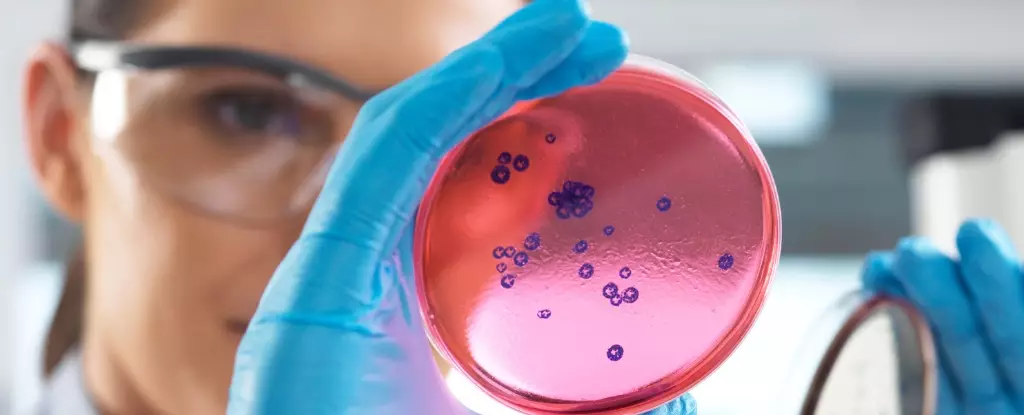In the ongoing battle against bacterial infections, researchers are exploring innovative strategies to combat the growing threat of antibiotic resistance. While traditional antibiotics have been a cornerstone of modern medicine, the rise of drug-resistant superbugs has necessitated the development of alternative treatment options. One promising avenue is the use of combination therapies, which target multiple bacterial escape pathways simultaneously to minimize the risk of resistance.
Among the latest advancements in antibiotic research are macrolones, a new class of dual-action antibiotics that could revolutionize the field. Derived from older antibiotics discovered in the 1950s, macrolones have been designed to overcome the mechanisms of resistance that plagued their predecessors. By adding a quinolone side chain to the macrolide central ring, researchers have created a potent synthetic compound with the ability to combat even the most stubborn drug-resistant bacterial strains.
A recent study conducted by scientists from the University of Illinois Chicago shed light on the unique properties of macrolones. Through the synthesis of three new compounds, the researchers were able to dissect the molecular structures responsible for their antibacterial effects. It was discovered that macrolones target bacteria through dual mechanisms – by interfering with DNA replication enzymes and disrupting protein production within bacterial cells. This multi-targeted approach makes it exceedingly difficult for bacteria to develop resistance, as they would need to overcome two distinct barriers simultaneously.
One of the key advantages of macrolones is their ability to circumvent known resistance genes in bacteria. By simultaneously targeting two critical cellular functions, these antibiotics offer a formidable defense against drug-resistant superbugs like Streptococcus pneumoniae. The researchers behind the study note that the likelihood of developing resistance to macrolones is “nearly impossible” based on their estimates, highlighting the potential of these compounds to overcome one of the greatest challenges in antibiotic therapy.
While the promise of dual-action antibiotics is undeniable, there is still much work to be done to optimize their effectiveness. Researchers emphasize the need for continued vigilance and innovation to stay ahead of the genetic adaptations that bacteria may undergo in response to new treatments. By gaining a deeper understanding of how antibiotics like macrolones work, scientists can pave the way for a new era in antibacterial therapy that is more resilient and effective against evolving microbial threats. As pharmaceutical scientist Alexander Mankin succinctly puts it, “The main outcome from all of this work is the understanding of how we need to go forward.”



Leave a Reply